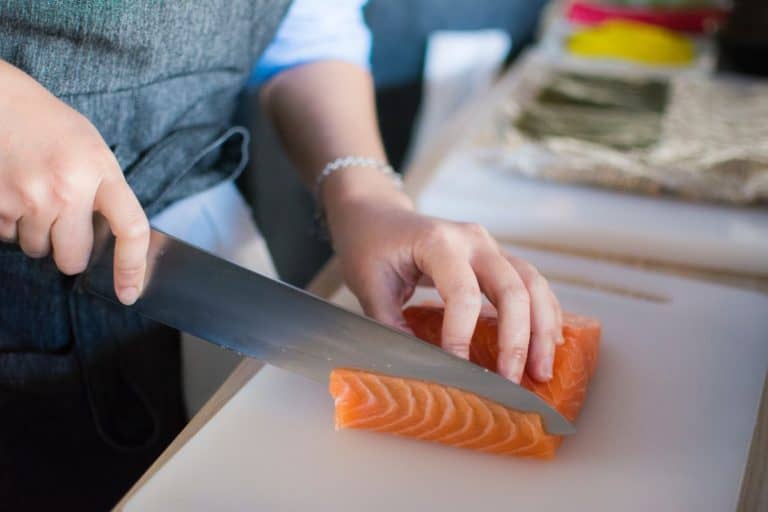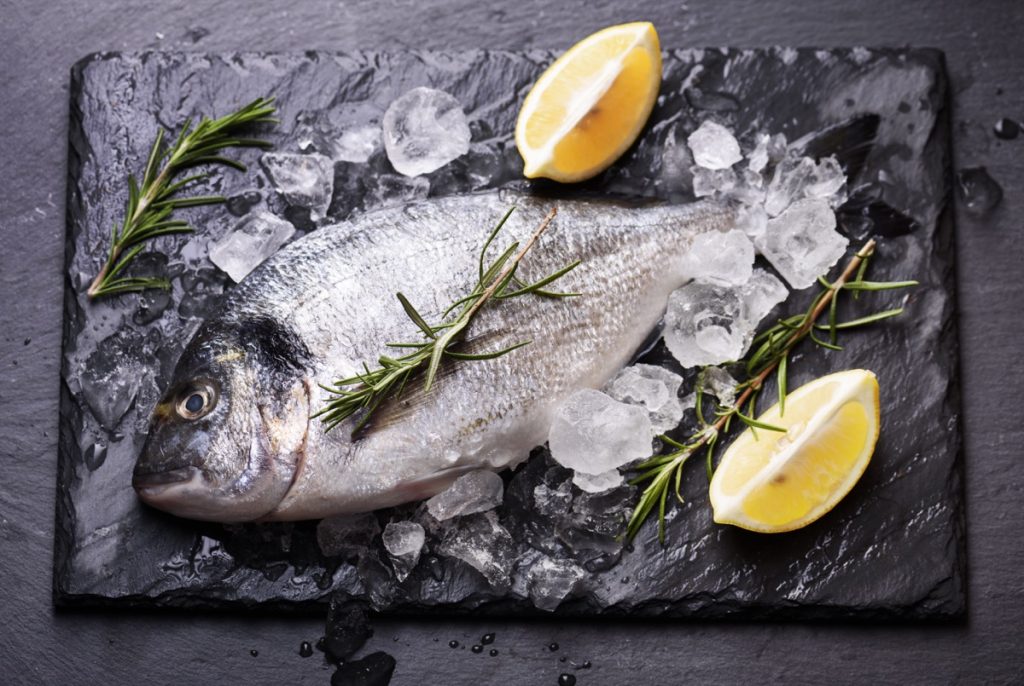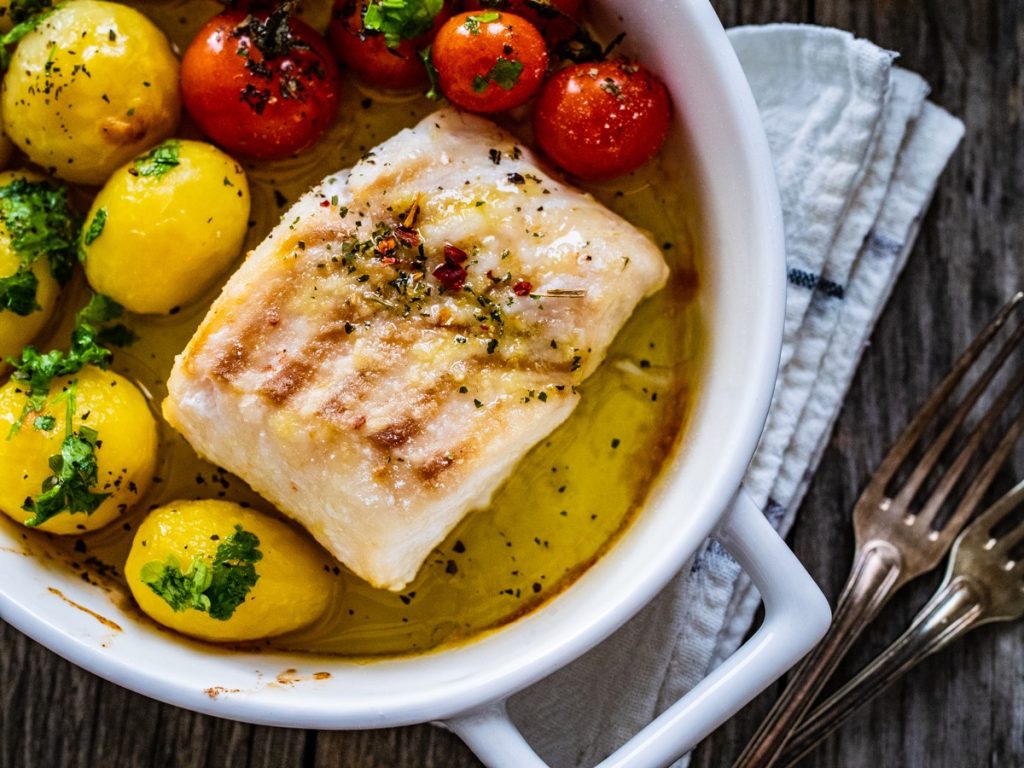That Funky Fishy Flavor: Why Does My Salmon Taste Like Plastic?
Salmon is one of the most popular fish choices, prized for its omega-3 richness and versatile culinary uses. But nothing kills salmon’s appetizing appeal faster than a funky plastic flavor. If your fresh or cooked salmon tastes unpleasantly artificial, something definitely went awry.
Let’s explore some reasons behind plastic-flavored salmon and how to avoid this fishy flavor fail next time
Where’s That Plastic Taste Coming From?
Salmon absorbs flavors easily so off tastes often stem from external influences. Here are a few common culprits behind that plastic salmon savor
- Poor Storage
Improperly stored salmon is a magnet for unwanted flavors and odors. Refrigeration issues like temperature fluctuations spoiled produce nearby or excess time unrefrigerated can impart tastes. Opened packages also expose raw salmon to absorption.
- Contaminated Processing
commercial salmon processing involves plastic conveyor belts, storage containers, and cutting tools. Improper sanitation allows plastic residue to transfer. Reputable producers follow strict protocols, but any slip ups transmit taste.
- Environmental Exposure
Farmed salmon swim in contained waters, while wild salmon traverse varied environments. Pollution and microplastics could potentially transmit non-salmon flavors. Choosing sustainably-raised salmon minimizes this risk.
- Excess Freezer Time
While freezing preserves salmon, extended freezer times degrade quality. Oxidation from excessive exposure to air causes taste changes. Best practice is 2-3 months maximum freezer storage.
- Too Much Sodium
Packaged smoked salmon often contains added salt and preservatives. While small amounts season, too much sodium overpowers natural flavor. Check labels and choose lower-sodium options when available.
- Oil Packaging
Canned salmon packed in vegetable oil can leach flavors. Water-packed cans avoid this issue. If using oil-packed, drain thoroughly before cooking.
- Poor Cooking Practices
High heat, reheating too many times, undercooking, and char from grilling or smoking can all impart unbalanced flavors. Proper prep and cooking helps prevent off tastes.
- Rancidity
Spoiled or rancid salmon has a distinctly unpleasant flavor. Always inspect raw salmon for freshness and don’t use fish that smells overly fishy or ammonia-like.
How to Avoid Plastic Tastes in Salmon
Luckily, avoiding plastic-flavored salmon is quite possible with a few adjustments:
-
Source high quality, fresh salmon from a trusted provider. Inspect carefully before purchase.
-
Refrigerate promptly at 40°F or below. Use within 2 days or freeze.
-
Freeze at 0°F if not using within 48 hours. Portion salmon in freezer bags before freezing.
-
Limit freezer time to 2-3 months maximum.
-
Thaw frozen salmon gradually in the fridge, not on the counter.
-
When cooking, don’t overheat. Bake, grill, or pan-sear gently.
-
Avoid charring salmon when grilling or smoking.
-
For canned salmon, opt for water-packed and rinse before eating.
-
Check smoked salmon sodium content and choose lower salt options.
-
Rinse salmon before cooking to remove any processing residue.
-
Cook salmon to 145°F internal temperature to kill bacteria that causes spoilage.
-
Don’t reheat salmon more than once. To reheat, use microwave or steamer, not direct dry heat.
-
If salmon smells or tastes unpleasant, do not eat it. When in doubt, throw it out!
Masking Plastic Tastes in Cooked Salmon
Sometimes plastic flavor sneaks through despite best efforts. Here are some tricks to mask mild off tastes in cooked salmon:
-
Up the acidity. A squeeze of citrus brightens flavor. Try lemon, lime, or orange juices.
-
Add creaminess. Top with avocado chunks, dollop of Greek yogurt or creamy sauce.
-
Use acidic marinades. Marinate 15-30 minutes in vinaigrette, yogurt, citrus, or wine-based marinades.
-
Sprinkle on bold herbs and spices. Dill, rosemary, smoked paprika and cumin boost flavor.
-
Toast nuts and seeds. Chopped toasted almonds, walnuts or sesame seeds complement salmon.
-
Char just the skin when grilling. Charred flavor on skin only avoids overdoing it.
-
Pair with sweetness. Fruits like mango, pineapple, or peaches contrast plastic taste.
-
Crunch it up. Toasted panko or almond crusts add texture and nutty essence.
-
Get smoky. Add a touch of smoked sea salt, paprika, or toasted nuts.
When All Else Fails, Turn to Other Fish
If plastic-tasting salmon still doesn’t appeal, explore other sustainable, omega-3-rich fish like trout, mackerel, sardines, or herring. Branching out from salmon once in awhile also ensures a well-rounded seafood diet.
The Takeaway on Funky Fish
Plastic-flavored salmon doesn’t have to be a certainty. With careful sourcing, storage, prep and cooking, you can avoid the artificial taste pitfalls. Use the freshness checks and serving tips provided to keep your salmon tasting delicious and naturally flavorful.
But if plastic flavor persists, trust your taste buds. Toss out bad salmon to prevent ingesting spoiled or contaminated fish. Seek sustainably-raised salmon and implement best practices for maximizing quality and taste.
With some minor adjustments, your salmon can go from funky to fabulous. Just stay vigilant against contamination, freeze properly, store carefully, and use tasting tips to refresh flavor. Soon you’ll have flaky, savory salmon sans any synthetic savor. Just steer clear of salmon gone wrong to keep this fish tasting oh so right.

One common storage error may increase your risk of fish poisoning.

According to the American Academy of Allergy, Asthma & Immunology, histamine poisoning occurs when fish that have naturally high levels of the chemical histidine are exposed to an overgrowth of bacteria, which can convert histidine into histamine.
Because of this, histamine contamination usually happens when the fish has been kept at too high of a temperature, which lets bacteria grow quickly. “The best way to keep this from happening is to make sure the fish is properly iced or chilled at the right temperatures.” 3°C) or immediately frozen after being caught,” advises the CDC. “Cooking, smoking, canning, or freezing will not destroy histamine in contaminated fish,” they further note.
If your fish tastes peppery, sharp, or salty, throw it away now.

There are two main types of fish poisoning, says the CDC: ciguatera poisoning and scombroid poisoning. The second kind, scombroid poisoning, happens all over the world when fish that hasn’t been properly stored or preserved has too much histamine in it. For this reason, the condition is also sometimes referred to as “histamine poisoning” or “histamine toxicity. “ae0fcc31ae342fd3a1346ebb1f342fcb.
“Fish contaminated with histamine may have a peppery, sharp, salty taste,” but will otherwise have a normal appearance, scent, and flavor, the CDC says. This can lead to some confusion, given that many people season their fish with salt and pepper. However, the health authority notes that in addition to the subtle change in taste, you may also notice a “bubbly feel” to the texture, which may help you to distinguish between standard seasoning and a contaminated cut of fish.
Wild Salmon Isn’t The Right Color and Tastes Bad
FAQ
Why does my salmon have a chemical taste?
Why does my salmon taste like rubber?
What does gone off salmon taste like?
How to tell when salmon is bad?
Does cooked salmon taste fishy?
Like raw salmon, cooked salmon should not taste fishy. Cooked salmon should taste light, rich and almost buttery, and like whatever herbs or seasoning that was used in the cooking process. If the cooked salmon tastes fishy or leaves a slimy feeling in your mouth, it has gone bad and should be immediately thrown out.
Is salmon fish bad for asthma?
Salmon is one of the foods richest in omega-3 polyunsaturated fatty acids. The omega-3 fatty acids contained in fish oil have the ability to decrease the production of IgE, used in allergic reactions and asthma symptoms in people with mild asthma. Therefore, its intake is recommended for asthmatic people.
What does raw salmon taste like?
Raw salmon should taste fresh, light, and not at all fishy. This is because there is a difference between regular salmon and sushi grade salmon. If the raw salmon tastes fishy like an ocean or leaves a filmy or sticky taste in your mouth, do not keep eating it. It should immediately be discarded.
Does cooked salmon smell bad?
While some foods have a naturally strong odor, salmon doesn’t. Cooked salmon that’s been stored in the refrigerator may be safely eaten for up to 3 or 4 days, according to the USDA. If you notice a foul, sour odor during or after this time, it’s likely gone bad and should be thrown out.
